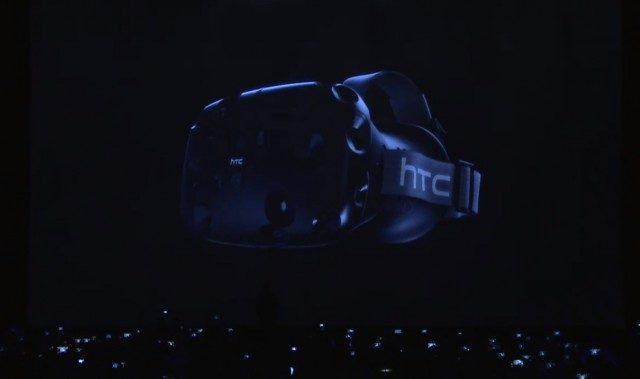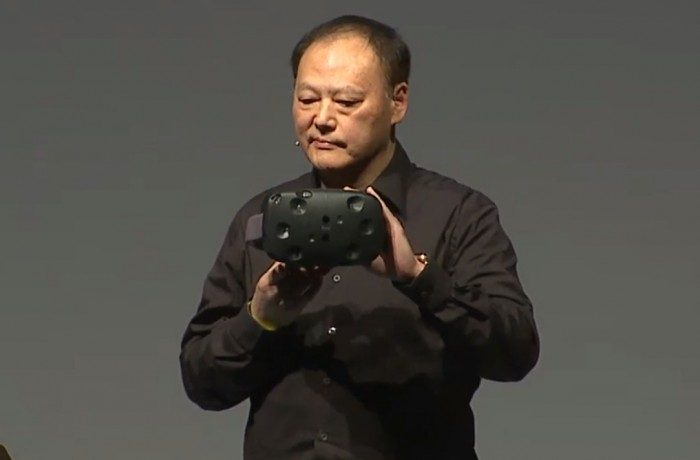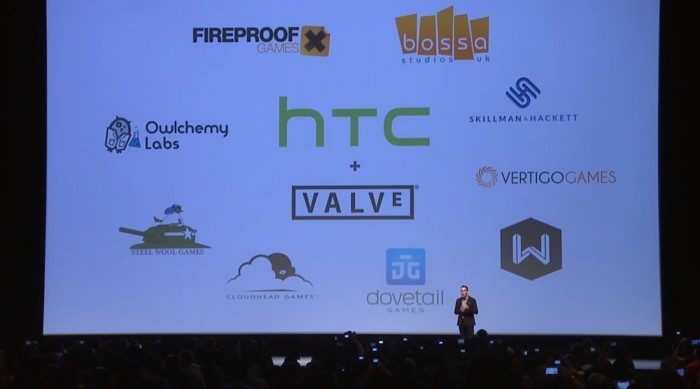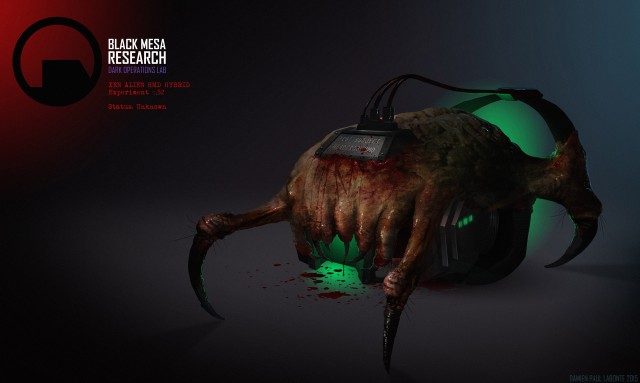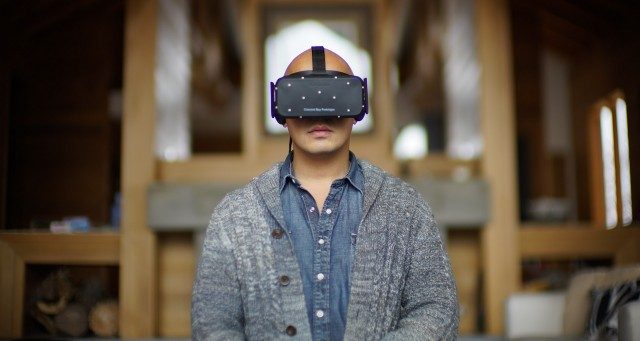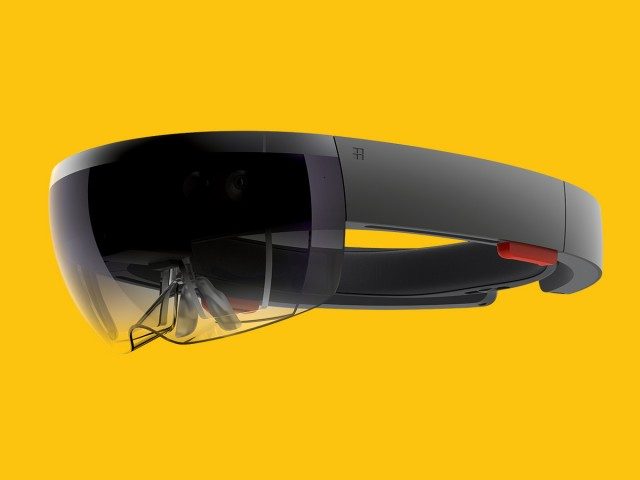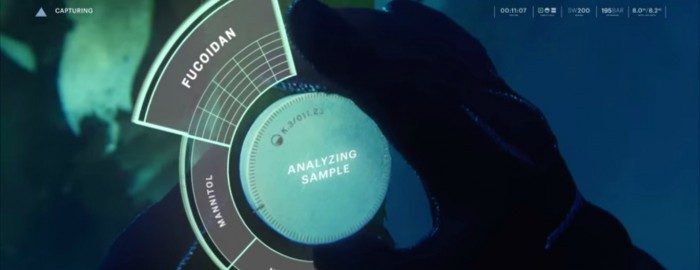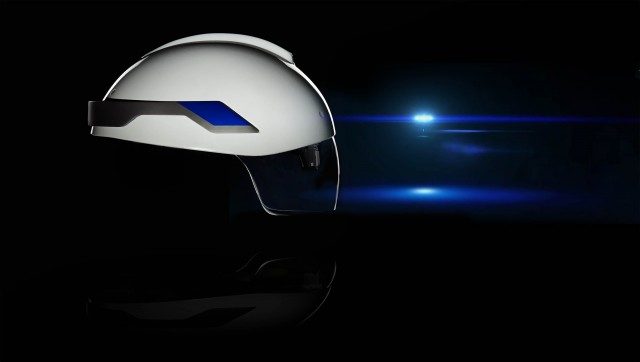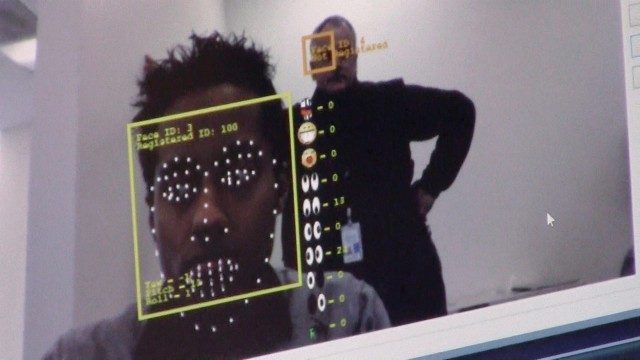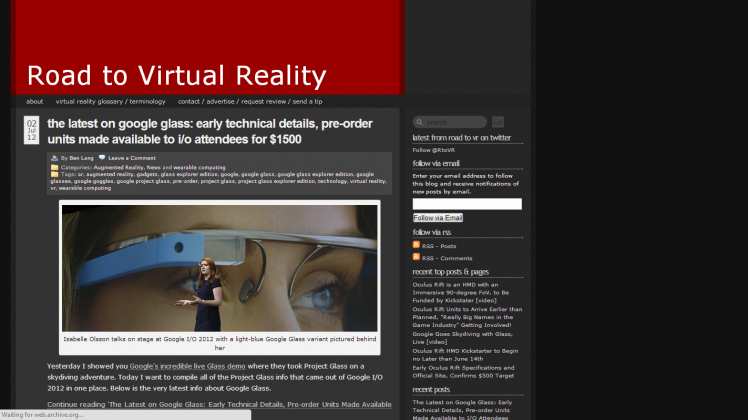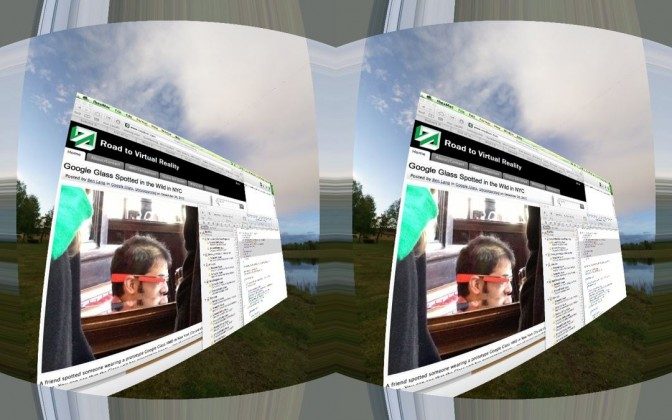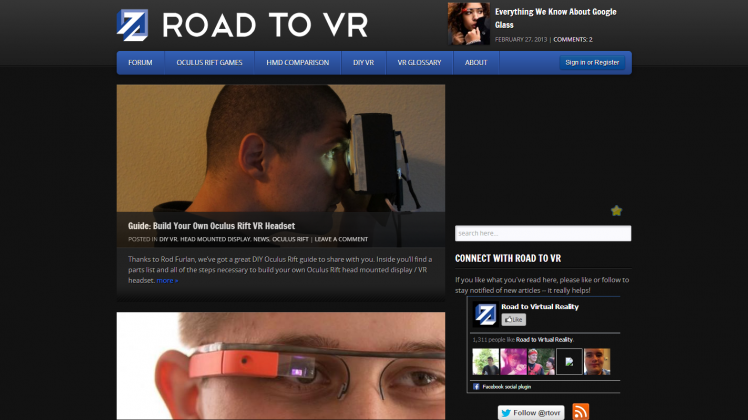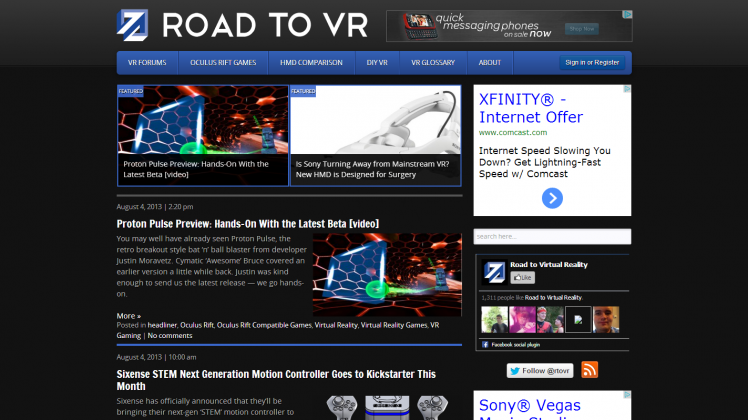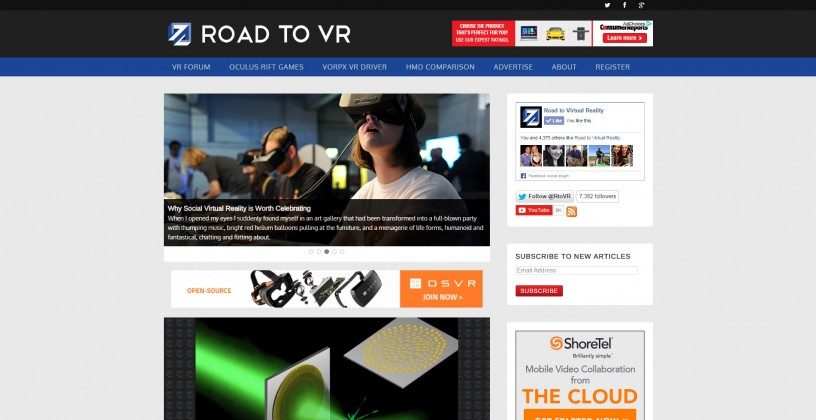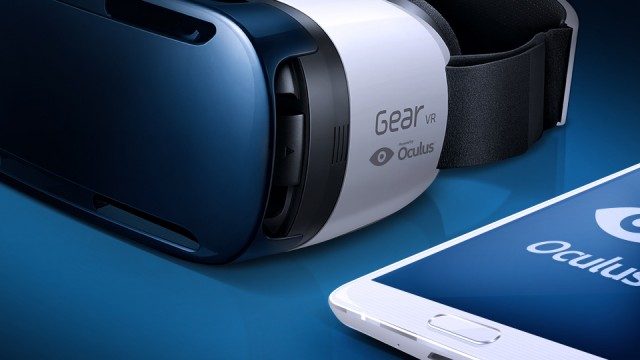“4.0?!” you say. Yup. Did you know we’ve been around since 2011? In the back of my mind I know that’s when we started, but when I’m forced to write it down as I am now… whoosh!… it comes rushing to the front in a fury of nostalgia.
It was about a year before the Oculus Rift Kickstarter when Road to VR sprung to life. VR wasn’t even on the radar in the consumer space. In the commercial sector there were pockets of use for the technology, but nothing your average technology user would ever bother with, given the sliver of proprietary software available—not to mention the prohibitive cost.
So why on Earth did 2011 seem like a good time to start writing about a technology that had been considered dead in the consumer space for at least a decade? Well, here’s what I wagered in the first article ever published on Road to VR:
The time feels right now to start tracking the journey to virtual reality as a number of important technologies are being developed and starting to hit the main stream. These technologies, that are being deployed or are in development, are all stepping stones toward virtual reality. Eventually I see these technologies coalescing into what will be known as virtual reality. A few of these technologies are as follows: motion gaming (Wii/Wii Plus, Xbox Kinect, Playstation Move, etc.), voice control (Apple’s Siri, Android Voice Actions, etc.), and AR gaming (augmented reality) which is found on sensor-rich devices like smartphones and tablets.
We’ve got the technology to make pseudo virtual reality today, and you can actually find examples of it all over the place; it just hasn’t hit the mainstream yet.
It should be apparent from the list I made above, but the first place that we’re likely to see mainstream interactive virtual reality is in video games, and something that we haven’t quite seen yet… interactive movies. These are obvious places because the experience that the creators of games or movies are attempting to convey will see vastly increased immersiveness and richness of the medium if they are able to connect to the audience at a level that is far beyond what we see today.
That, and I was completely fascinated by the possibilities of VR. I like to say: should humans ever devise a system capable of perfectly replicating the way we perceive reality, you could rewrite the laws of physics. I get that ‘tiny person, huge universe’ feeling when I think about that.
And what was why I started Road to VR, to map where we were between no virtual reality, and a perfect simulation of reality, and to find out how long it would take to reach that destination. We still have a long way to go, but the progress that’s been made in the last few years is nothing short of incredible.
In 2012, Oculus took to Kickstarter and reignited the virtual reality industry.
I sometimes hear people lamenting that Oculus and others are taking “too long” to get a consumer headset out the door. But as someone who has been carefully watching this space since 2011, I’m blown away by how fast things are happening. We’ve seen huge players jump into the arena, some of the biggest companies in the world. The money being spent on development in this space has grown tremendously. Developers have devised hundreds, if not thousands of virtual reality applications, some demos, and some full experiences. And there’s still so much more to come.
We’ve felt the growth here at Road to VR. From 2013 to 2014, we grew 233%. Two months into 2015 and we’re on track for an even greater leap, right along with the exploding industry, no doubt.
And that’s one reason why it was time for an overhaul. There’s so much important news happening that it could barely be contained by our previous site.
We want readers of Road to VR to walk away with the latest picture of the VR industry. Version 4.0 is designed to let you access more content, faster, and give us the room we need to get you all the latest.
So poke around, let us know what you think. I’m sure you’ll run into some bugs here and there, we’d really appreciate if you’d report them to info@roadtovr.com.
As has become tradition, here’s a little trip down Road to VR memory lane:
I’d like to take this time to thank our readers for their support, comments, tips, and gracious sharing of the content that we work hard to bring you. I’d also like to thank the Road to VR team and everyone who has helped us along the way. This new design would not have been possible without hard work and long nights from Road to VR’s Editor and all around tech-wizard, Paul James. Also a big thanks to our contributors, Scott Hayden, “Reverend” Kyle Riesenbeck, Matt Terndrup, Jonathan Tustain, with help from Brian Hart and our guest contributor, Kevin Williams. And a blanket thank you to all of the amazingly smart people driving this incredible technology and industry.
Stay tuned, next week is going to be crazy.


